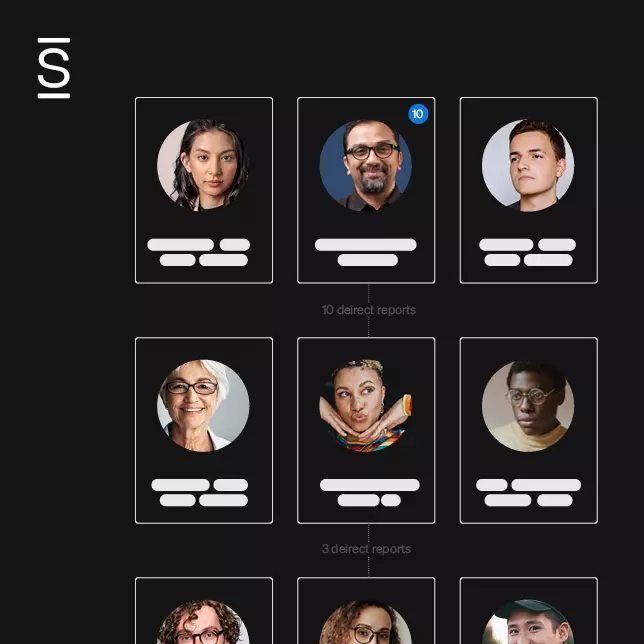Modern, social intranets are different from traditional intranets. Rather than just featuring top-down communication and content, social intranets are dominated by interaction and contributions from users.
As a result, employees tend to feel a greater sense of ownership over a social intranet. It’s a channel for everybody, not just for corporate messages.
When delivering a social intranet, it’s important to make sure that the way you organize your homepage and its content reflects that the channel is for everyone. As the entry point into the intranet, the homepage needs to encourage participation and celebrate the people within the organization.
Your intranet also needs to reflect your organization’s personality, brand and culture. This is best achieved by getting a good balance between more corporate, official content, and content that’s focused on employees.
A good way to achieve this is to make your employees the stars of the homepage. This will help drive adoption, support wider employee engagement and provide a counterbalance to more formal corporate news.
Below are eight ways in which you can start to feature your employees on the homepage:
1. Get the tone right
Setting the right tone for your content is important. Internal communications on a social intranet tend to be less formal and more people-focused than traditional intranets. Nobody really wants to read the stuffy, corporate messages of the past. Communications that are more naturally written and focused on employees and the things that matter to them are far more impactful and engaging. For example, adding a little humor to stories also gives your intranet a personality and makes content feel more ‘human’.
2. Celebrate people and their achievements
You’ll always need corporate news stories about your organization’s annual results, but don’t forget to also feature news about people! This can include amazing and inspiring work achievements such as excellent customer service, but also examples from outside work, such as volunteering. Featuring this news shows that the company is proud of its people.
3. Include an activity feed
A common feature of a social intranet is a feed showing all the updates from groups and connections that an individual employee follows. The activity stream represents contributions and interactions from all over your organization, bringing employees and their activities center stage on the intranet homepage.
Sometimes you can highlight a specific feed, either via a particular community or by using hashtags. For example, some organizations include a feed of employees thanking or praising their co-workers.
4. Allow people to like and comment on news items
Make sure you allow people to “like” and comment on news articles. This gives a powerful message that the intranet is used for two-way dialogue and that employees’ contributions are valued. If you can, display the number of likes and comments on each news item. Even better, display the most popular stories in terms of ratings, visits and comments. This helps to highlight that employees are actively using the social intranet.
5. Curate employee blogs
Most social intranets allow employees to set up their own blogs, which can be a fantastic source of stories and content. You can feature these on the homepage by either re-posting as news items, creating new stories from a post, or highlighting the blog in a promotion (make sure you credit the employee as the author.) An alternative option might be to allow employees to directly submit news items they have written themselves.
6. Spotlight a random employee profile
Employee profiles on social intranets include a photo, contact details, areas of expertise and information about a person’s role, but can also include details about interests, a mini-bio, and more. Some intranet teams regularly feature a random employee profile on the homepage with a photo, perhaps an interesting fact and a link to the individual profile page. This encourages staff to get to know each other and explore others’ profiles.
7. Photo of the day
Allow users to submit their favorite photos and then feature one on the homepage. This is a consistently popular feature on intranets and can include artistic endeavors or photos showing events happening in different office locations. Your photos should reflect the personality of your organization and the people within it.
8. Show that leaders are human too!
Leadership communications are a key feature of the intranet. If you’re featuring employees on the homepage then do the same for leaders. You can do interviews, feature articles or include pictures that show your leader’s personality. Getting to know the more informal side of senior management helps to support employee engagement.
Overall, your intranet needs to reflect the brand and culture of your organization, and that includes featuring your people on the homepage. Use some of the tips above to ensure that your intranet feels like it’s a channel designed for, owned by and actively used by employees.

















